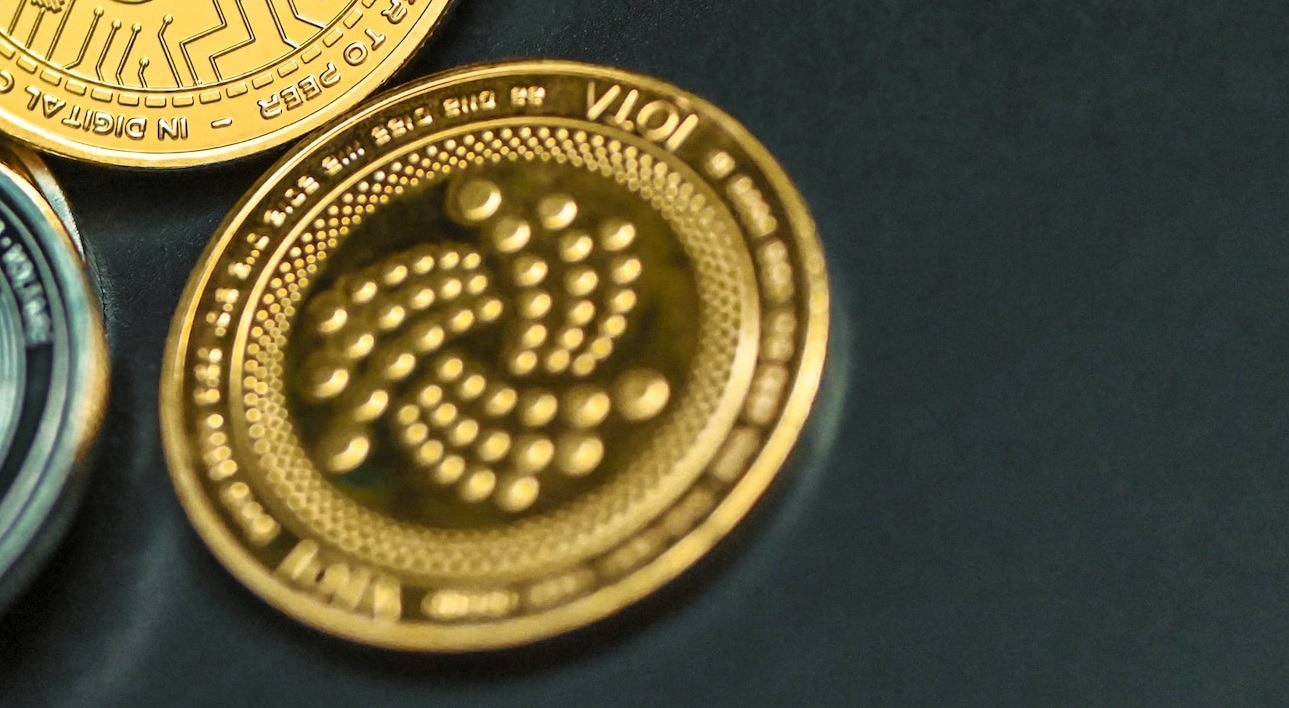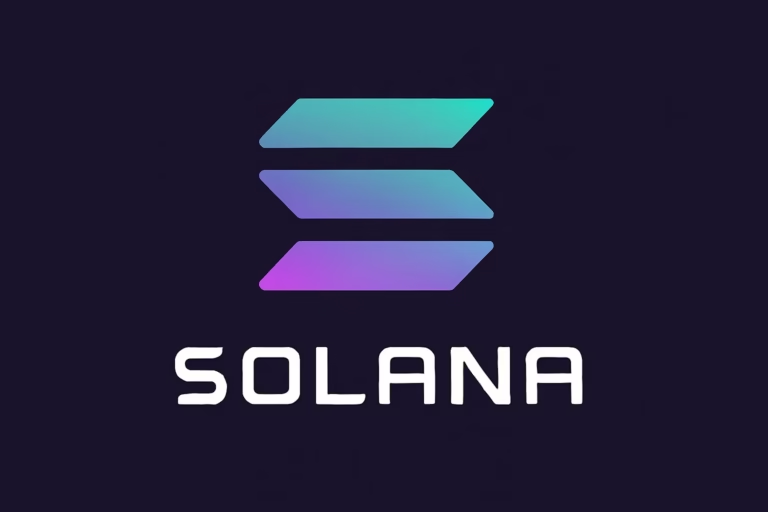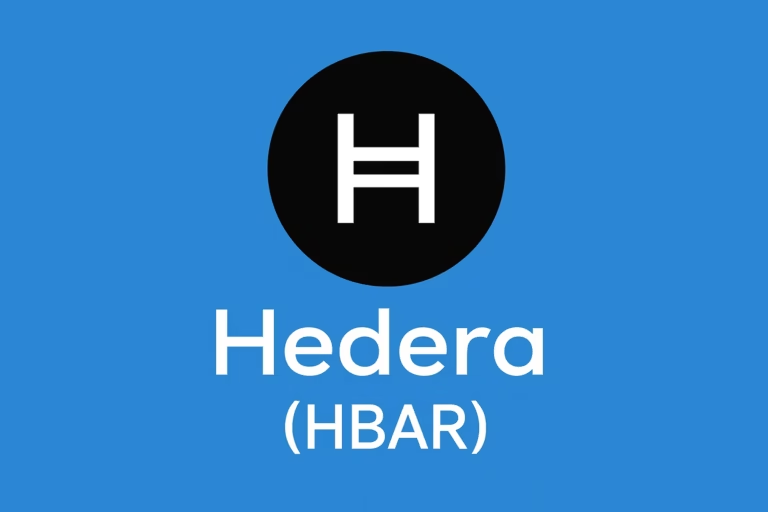
- IOTA and IoT nodes aim to transform shipping with real-time, secure tracking of container conditions.
- The system could handle over a trillion transactions monthly while staying energy efficient and affordable.
IOTA is taking a major step toward transforming global maritime logistics through a groundbreaking study by the Universitat Politècnica de València. The research explores how IOTA’s Tangle technology and IoT nodes can create a real-time, traceable, and energy-efficient monitoring system for the shipping industry.
IOTA and IoT Nodes Enable Smart Container Tracking
The study proposes equipping shipping containers with IoT sensors to monitor vital environmental conditions such as temperature, humidity, and brightness. These sensors collect and encrypt data, which is transmitted to middleware and stored immutably on the IOTA Tangle. This eliminates the need for centralized servers while ensuring trustless and transparent tracking.
The system operates through Blynk, a low-code IoT platform that allows users to monitor data remotely, set alerts, and analyze measurements via mobile apps. It gives full visibility and control over shipments, allowing businesses to respond to environmental changes during transport.
Massive Scale with Trillion Transactions on IOTA Tangle
If each container sends one message per minute, a single container generates 1,440 daily transactions. With 4,580 containers per ship and 5,450 ships worldwide, the global shipping industry could produce around 35.9 billion transactions daily—totaling over 1.078 trillion per month. This showcases the scalability of IOTA’s network and its capability to handle global data demands.
The platform uses the MQTT protocol to ensure low-latency communication, even in areas with limited connectivity, making it ideal for real-world ocean transport environments.
Cost-Efficient and Scalable Maritime Innovation
According to the study, each IoT node costs approximately $88 USD. This includes components like the ESP32 TTGO LoRa32 microcontroller, temperature and humidity sensors, and light sensors. While the system is optimized for gradual environmental changes, it may require enhancements to detect sudden fluctuations.
Despite this, the combination of affordability, energy efficiency, and secure data tracking makes this IOTA-powered system a promising solution for the future of container shipping. It not only enhances traceability but also helps optimize supply chains and improve logistics decisions on a global scale.
ALSO READ:IOTA Breakthrough: Over 2 Billion Tokens Staked as Community Shows Strong Confidence
DISCLAIMER:
The views and opinions expressed herein are solely those of the author and do not necessarily reflect the views of the publisher. The publisher does not endorse or guarantee the accuracy of any information presented in this article. Readers are encouraged to conduct further research and consult additional sources before making any decisions based on the content provided.




